You may have heard the saying that abs are made in the kitchen. It’s true. Without a proper diet, no amount of beginner plank exercises will give you the flat stomach you desire. However, that doesn’t mean you should abandon abs workouts altogether.
Strengthening your core has benefits that go beyond creating flat abs. Your core is involved in almost everything you do. Weak core muscles can lead to bad posture, and lower back pain, and leave you susceptible to other muscle injuries. By strengthening your core, you can prevent yourself from a lot of pain later down the road.
What Muscles do Planks Work?
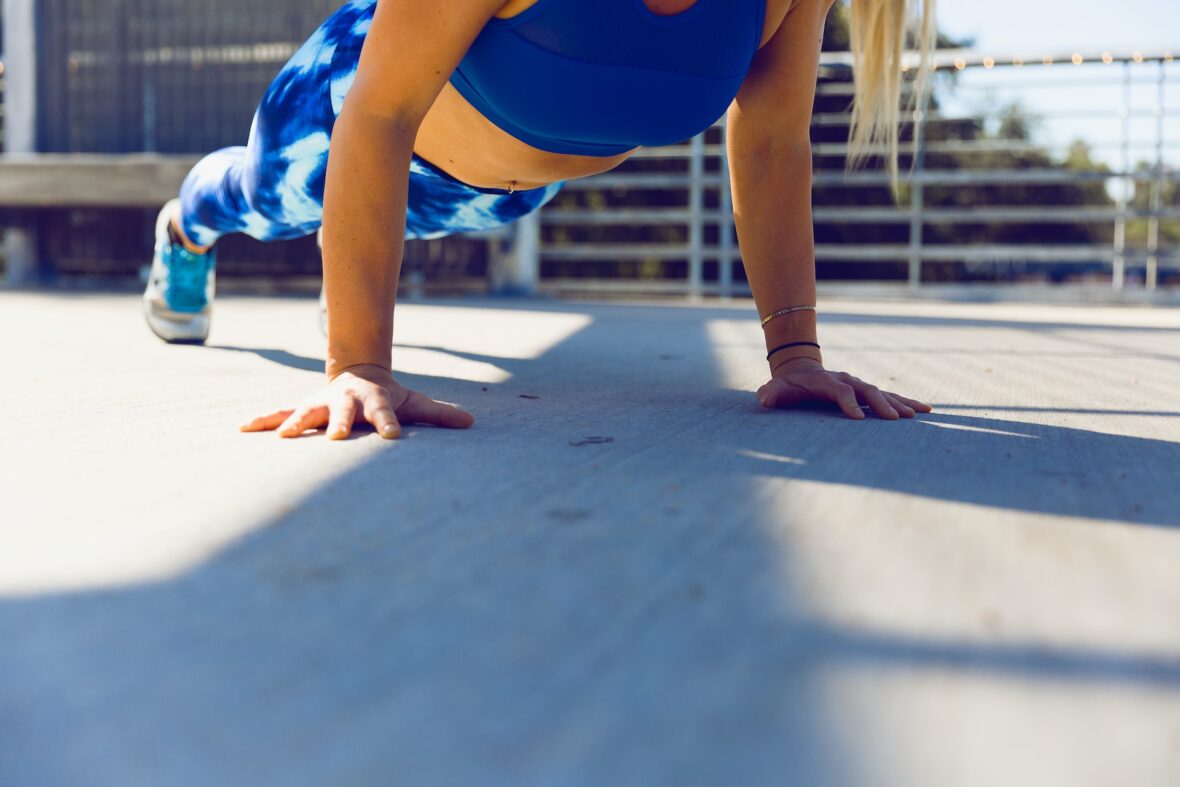
Planks work out the whole body and are a great isometric exercise to target several muscle groups. The core muscles (transversus abdominis, rectus abdominis, internal oblique, and external oblique), upper body muscles (trapezius, rhomboid major and minor), and lower body muscles (quadriceps, gluteus) are all worked during each plank you complete.
RELATED: 7 Free Workout Apps to Help You Reach Your Fitness Goals
How Long Should You Hold a Plank?
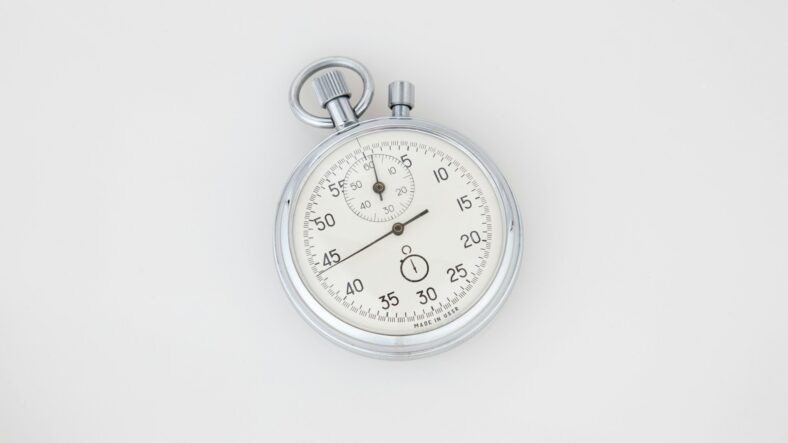
Most experts say that holding a plank from ten to thirty seconds for multiple reps is plenty to get the benefits from the exercise. You can work your way up to one to two minutes as you get stronger, but there really is no benefit of going over two minutes. The best way to approach planks is with several sets of shorter planks to reap the most from the exercise.
Benefits of Planking
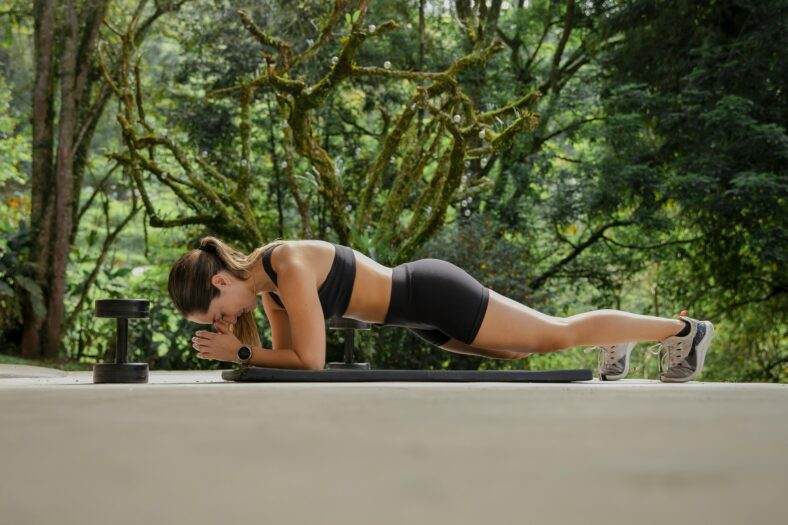
There are tons of benefits from planking, including a stronger core, muscular endurance, pain relief, increased balance, and improved posture. Some possible benefits include a low risk of injury completing the exercise, reducing lower back pain, and improved athletic performance. All of this is to say that planking benefits athletes and working-class people, as it targets and strengthens multiple body parts.
CHECK OUT: 15 Amazing Butt Exercises That Can Be Done At Home
10. High Plank Mountain Climbers
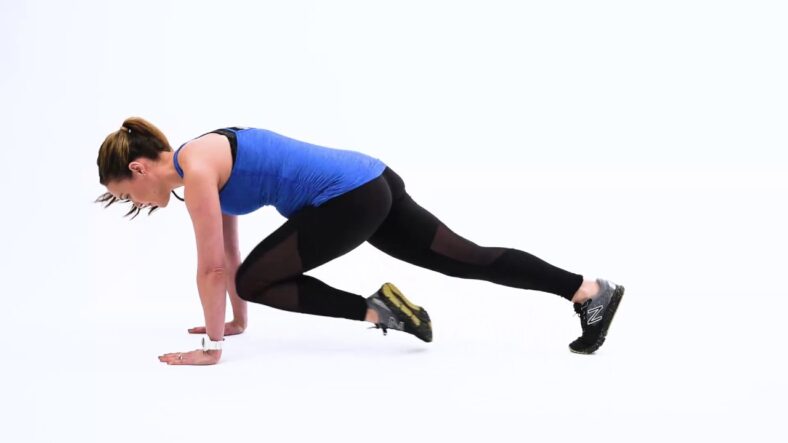
Step 1: Start in a straight-arm plank.
Step 2: Draw one knee in toward your chest.
Step 3: Step that leg back into its original position.
Step 4: Repeat with the other leg (you can do this at a slow or fast pace).
ALSO READ: 12 Best Waterproof Running Shoes
9. Plank Walks
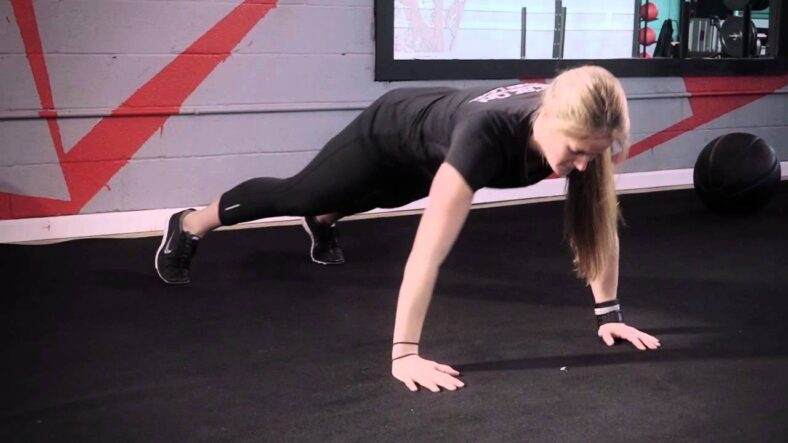
Step 1: Begin in a plank position on your hands and toes, arms straight, and hands directly below your shoulders.
Step 2: Lower down onto your left forearm, then down onto your right forearm. Lift back up onto your left hand, then back onto your right hand.
Step 3: Alternate lowering and lifting on both arms. Repeat for 20 seconds for three sets.
8. Forearm Plank
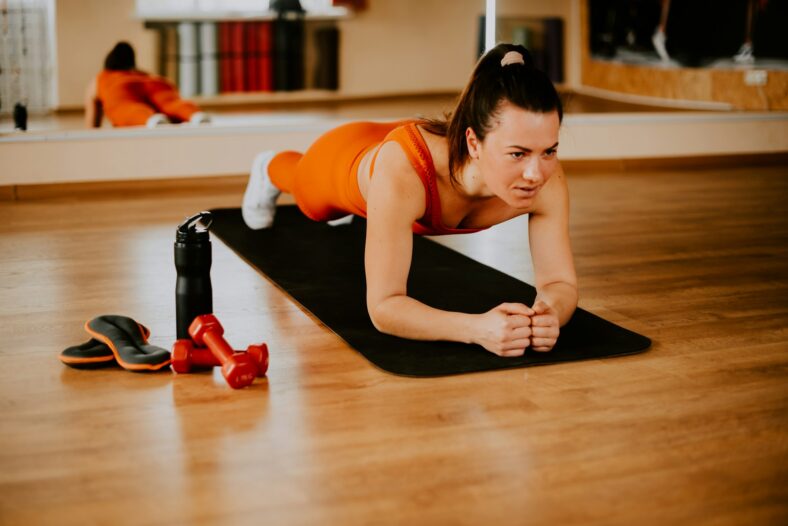
Step 1: Begin in plank position, then drop down to both forearms.
Step 2: Hold here for as long as you can. Gradually build up your endurance until you can hold this position for up to one minute.
CHECK OUT: The 7 Best Running Belts on Amazon for Women
7. Decline Forearm Plank
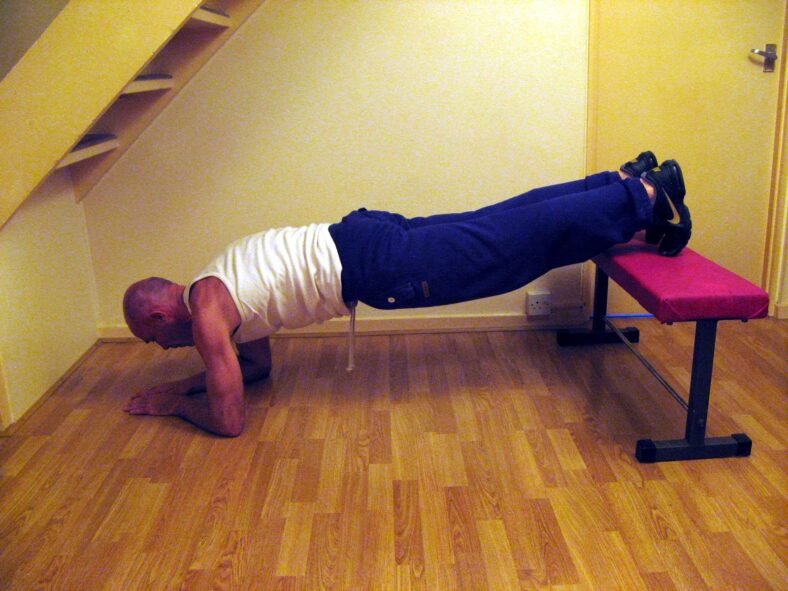
Step 1: Place a chair, box, or bench behind your body.
Step 2: Put you feet up onto the chair or other stable object, so that only your toes touch the surface and your forearms are against the ground.
Step 3: Get into a forearm plank position.
Step 4: Hold for the desired amount of time.
READ MORE: Walking in Cold Weather: 7 Benefits That Make It Worth Braving the Chill
6. Side Plank
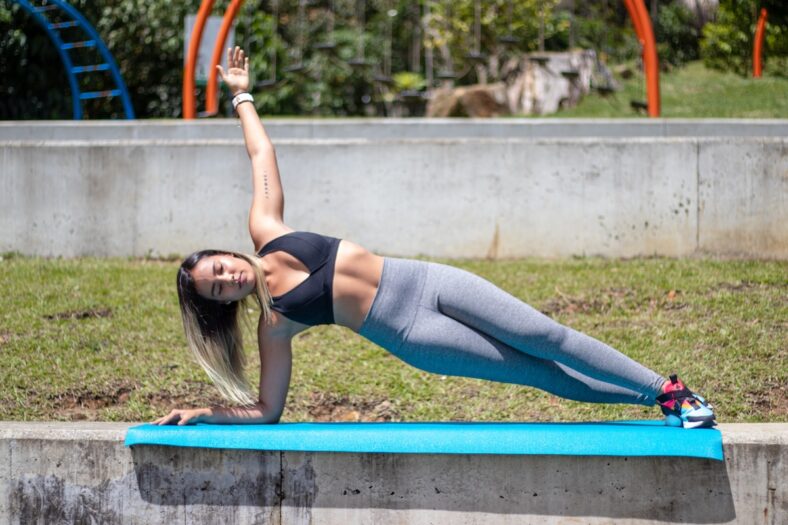
Step 1: Begin in the forearm plank position.
Step 2: Carefully twist your body over onto your right side so that only your right forearm remains on the ground, and your other arm rests comfortably on your side. For an extra challenge, try lifting your left arm and leg in the air.
Step 3: Hold this position for as long as you can, gradually building up to one minute. Repeat on your other side.
5. Single Arm Plank
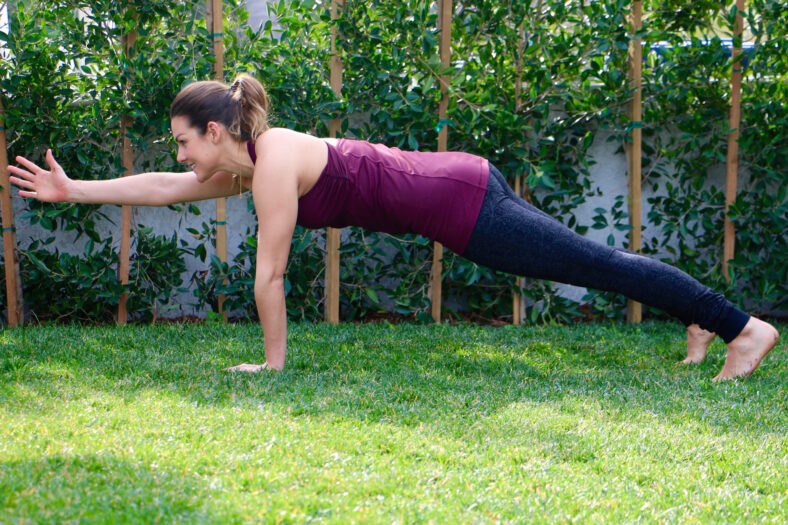
Step 1: Start in a straight arm plank position.
Step 2: Squeeze your thigh and glute muscles as you lift one hand off the mat.
Step 3: Bring the arm either straight out or bring it to your hip.
Step 4: Hold for a few seconds before putting your arm back on the mat. Repeat.
CHECK OUT: Can You Go Barefoot on an Elliptical Machine? 5 Reasons Why You Should Think Twice
4. Knee Plank
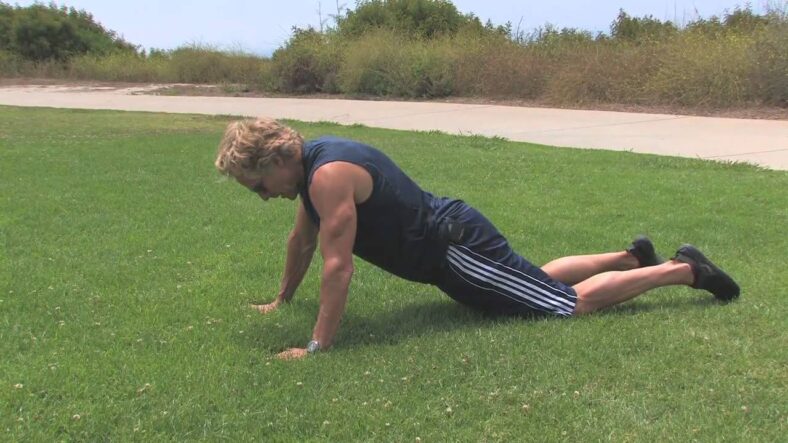
Step 1: Begin in a tabletop position with hands and knees on the ground, arms straight, and hands directly below shoulders.
Step 2: Tuck your toes into the floor and slightly raise your knees off the ground, keeping your abs tight and back straight. For an extra challenge, alternate tapping one knee at a time on the ground.
Step 3: Hold the plank for 20 seconds for 3 sets.
ALSO READ: 10 Minute Pilates Ball Workout For Long Lean Muscles
3. Reverse Planks
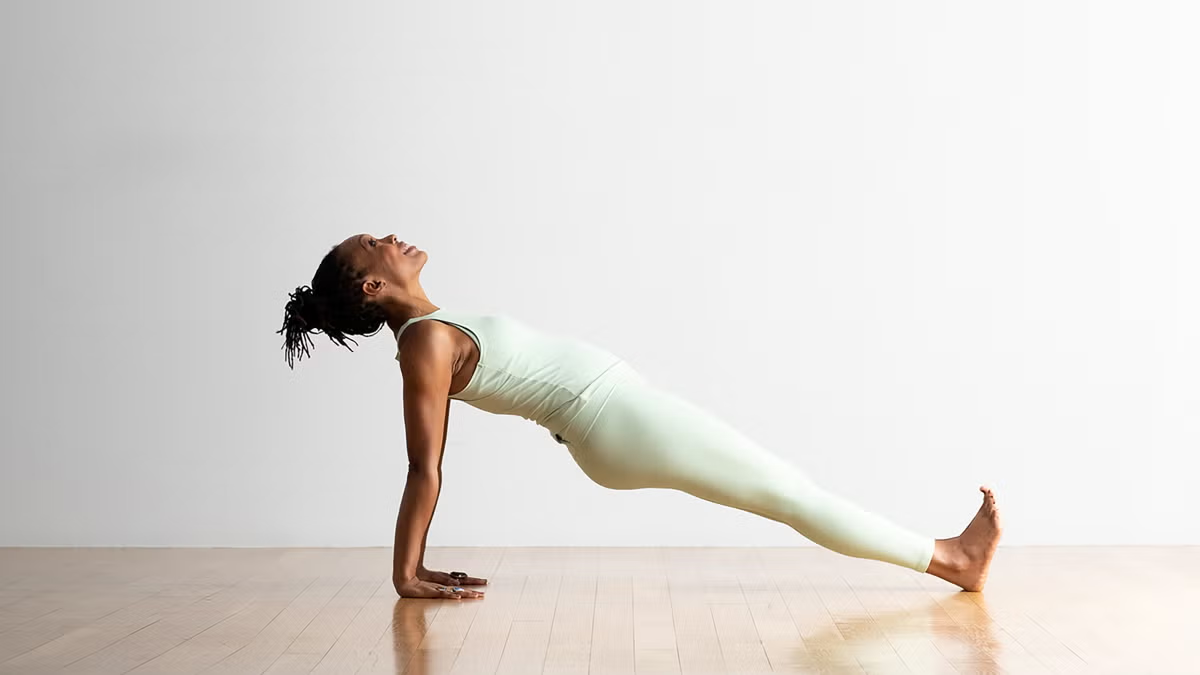
Step 1: Sit on the floor with your legs extended in front of you, and bring your hands behind your hips, rotating your palms until your fingertips point towards your toes.
Step 2: As you inhale, press your hands and feet down and lift your hips towards the ceiling. You will be pressing the heels of your feet into the mat as you keep your legs straight.
Step 3: Once in a comfortable position, relax your head back and hold this position for thirty seconds.
Step 4: Lower your hips back to the mat and repeat.
2. Rocking Plank
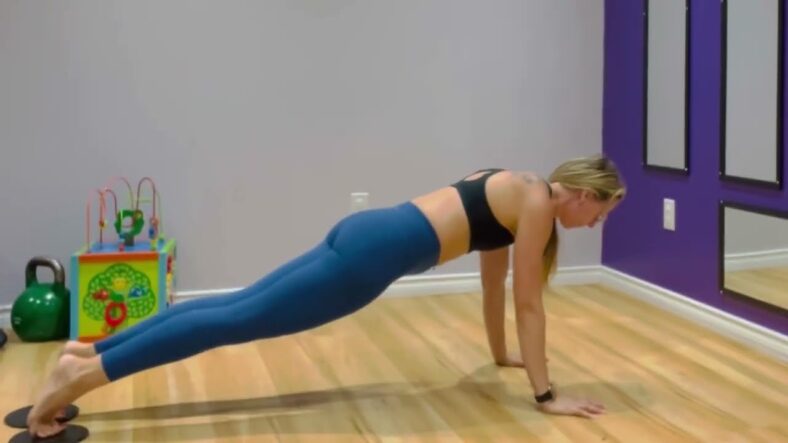
Step 1: Start in a forearm plank.
Step 2: Rock your entire body forward, going onto your toes and having your shoulders go past your elbows.
Step 3: Rock back to starting position, and continue this movement for fifteen to thirty seconds.
CHECK OUT: 6 Surprising Benefits of Taking Cold Showers Daily
1. Plank Jacks
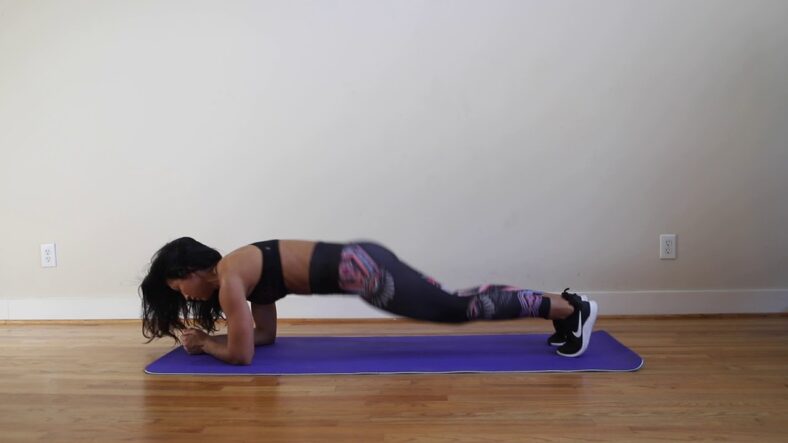
Step 1: Get into a straight arm plank position.
Step 2: Jump your feet out like you are doing a horizontal jumping jack.
Step 3: Jump your feet back together, always maintaining plank position.
Step 4: Continue to jump in and out for around ten to twenty seconds to start, and work your way up to sixty seconds or jump faster to make it more challenging.
READ MORE: 5 Best Fitbit Watches for People on a Budget
Beginner Plank Exercises Conclusion
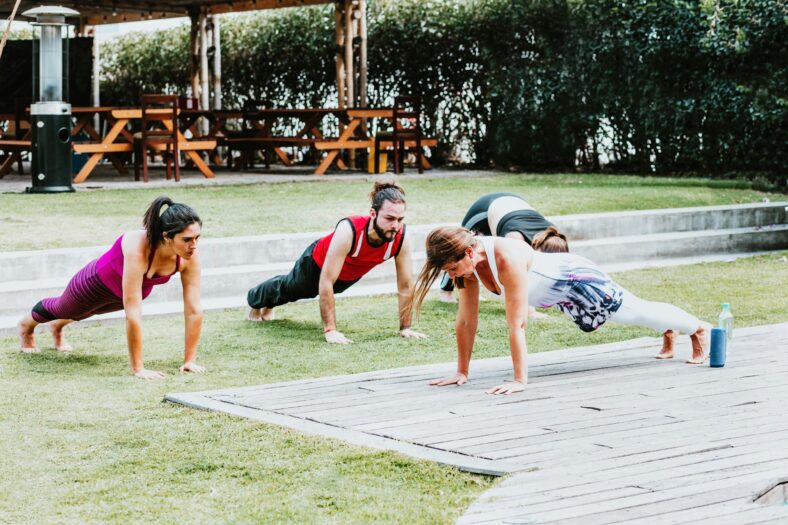
Working your abs is essential for any balanced exercise program. While a proper diet has the most effect on creating clear-cut abs, that’s not to say abs exercises don’t play a role. Doing these beginner plank exercises builds muscle, and muscle is metabolically active tissue that burns calories, therefore raising your metabolism.
One of the most effective moves for building core strength and stability is the plank. The above ten plank variations can be done at home or the gym. As with all exercising, practicing good form prevents injury and makes the moves more effective.
